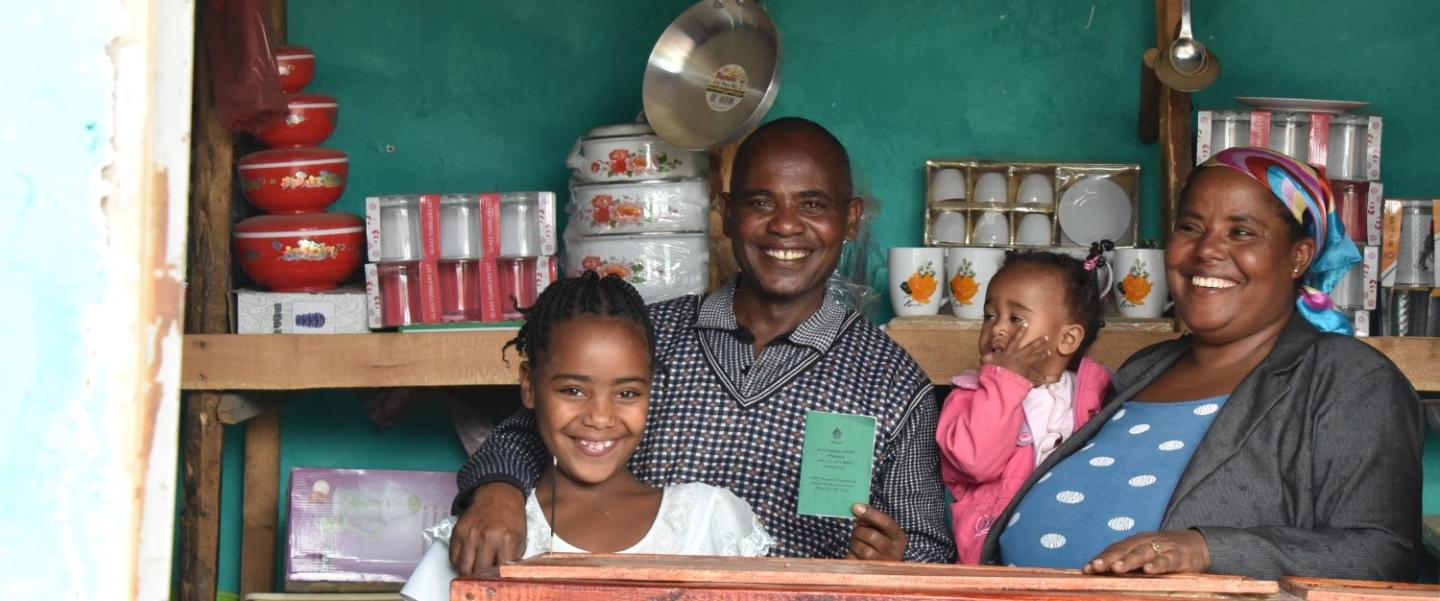HIGHLIGHTS
- HCF requires expansion and institutionalization to promote Ethiopia’s path to universal health coverage.
- Abt strengthens policy frameworks and uses technical assistance to enhance MOH capacity.
- Ethiopians have access to and use health services with reduced financial risk.
PROJECT
USAID Health Financing Improvement Program (HFIP)
The Challenge
Ethiopia has made much progress in the design and implementation of health care financing (HCF) reforms. These reforms address growing needs for health services, health sector resource constraints, quality of care concerns, and financial barriers to accessing and using health services. Reforms also support Ethiopia’s goal of attaining universal health coverage. More remains to be done. Government of Ethiopia needs to expand HCF reforms in developing regional states, consolidate and institutionalize the reforms, and ensure that the right systems and capacities are in place to sustain them.
The Approach
Through the USAID Health Financing Improvement Program (the Program), Abt and its consortium partners strengthen HCF functions and systems in Ethiopia. Our efforts focus on support to the Ministry of Health (MOH) in the nationwide rollout and institutionalization of first-generation reforms such as health facility boards and revenue retention and spending. We facilitate establishment and staffing of HCF structures at federal, regional, zonal, woreda, and health facility levels. In addition, we enhance institutional and staff capacity to increase domestic resources for health and improve governance.
We provide technical support to government and other stakeholders in areas of evidence generation. We facilitate technical and policy dialogues for refining and scaling-up second-generation reforms, including community-based health insurance (CBHI). And we explore third-generation interventions to increase domestic resource mobilization, introduce strategic purchasing mechanisms, improve efficiency in use of health resources, and provide financial protection to the neediest population groups.
The Results
By the end of the Program in 2023, Ethiopia’s health sector is anticipated to have more resources available for primary health care services. The share of domestic financing of health services will increase, and more people, including those experiencing poverty, will have insurance coverage. We see important results, including:
- Health financing structures in place at all levels of the health system but mainly at MOH and reform-minded regions and city administrations
- Almost all public health facilities (health centers and hospitals) have functioning governing boards and retain and use their revenues
- CBHI is established in 82% of woredas and covers 9 million households; 44.9 million Ethiopians (43% of the total population) have health insurance
- Health-seeking behavior of CBHI members increased to 1.1 visits per year
- Share of out-of-pocket costs for health have decreased to 31% from the baseline of 33%.
- Domestic resources mobilized for health have increased to 66% from a baseline of 64%
Learn More:
